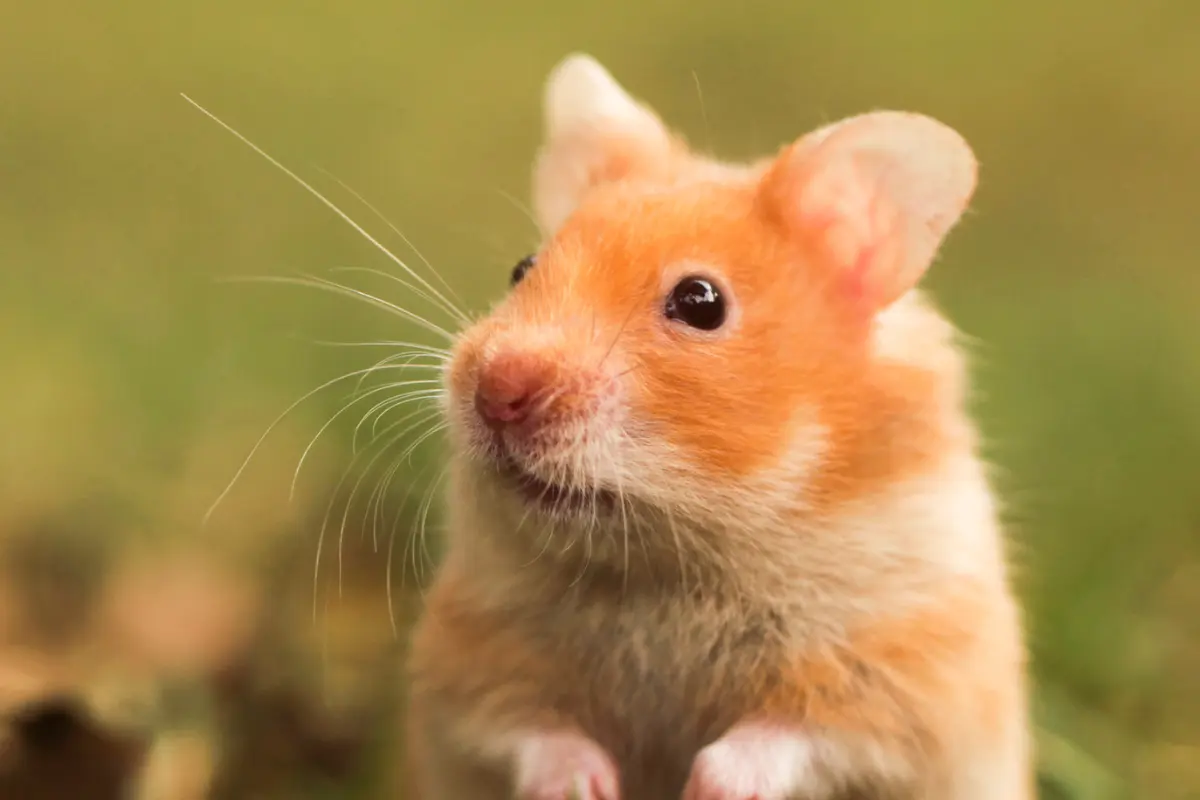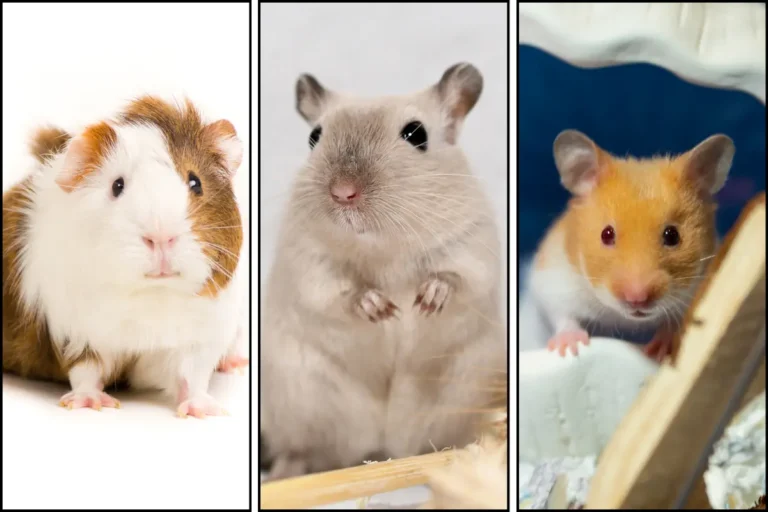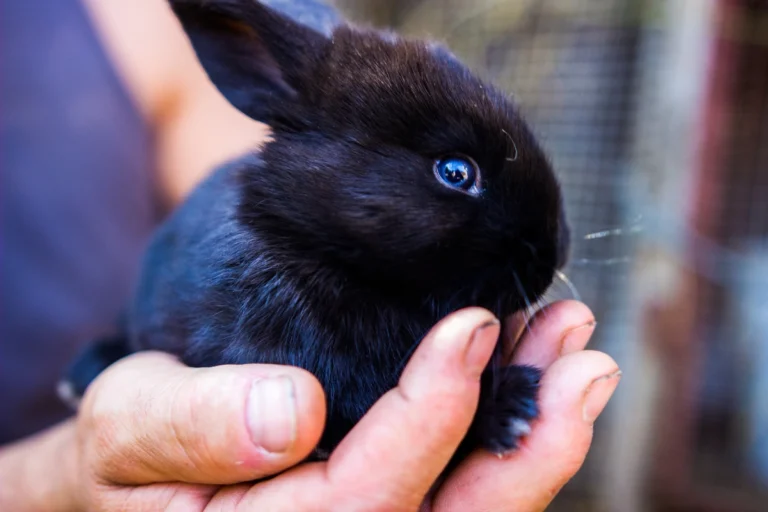Hamster Night Vision: How They See in the Dark
Hamsters are fascinating little creatures, known for their curious nature and nocturnal habits. While humans are typically diurnal, hamsters are primarily nocturnal, meaning they are most active during the night. But how do they navigate in the dark? The answer lies in their unique vision adaptations that allow them to thrive in low-light conditions.
The Anatomy of Hamster Eyes
Hamsters have large eyes relative to their head size, a trait common among nocturnal animals. These large eyes are packed with specialized cells that help them process light. The two main components of the hamster eye that are involved in night vision are the rod cells and the retina.
- Rod Cells: These cells are essential for vision in low-light conditions. Rod cells are highly sensitive to light but cannot detect color. They are specialized for detecting shades of light, contrast, and movement. Hamsters have an abundance of rod cells in their eyes, which allows them to see well in dim light, although their vision may not be as sharp or detailed as ours.
- Retina: The retina is the light-sensitive layer at the back of the eye that receives visual information. In hamsters, the retina contains a high density of rod cells, which are responsible for detecting light and enabling the hamster to see in the dark. The more rod cells an animal has, the better it can see in low-light conditions.
- Pupil Size: Hamsters also have a large pupil size that helps them capture as much light as possible. When they are in low-light environments, their pupils dilate, allowing more light to enter the eye. This adaptation allows them to see in conditions where most animals would struggle.
Why Do Hamsters Have Such Excellent Night Vision?
Hamsters’ exceptional night vision is a product of their natural behavior and evolutionary needs. As creatures that typically live in burrows, where daylight penetration is minimal, being able to see well in darkness is a survival advantage. In the wild, hamsters are more likely to be preyed upon during daylight hours when predators are active. Being nocturnal helps them avoid danger while foraging for food.
Even in captivity, hamsters continue their nocturnal habits. They typically sleep during the day and become active at dusk, running on their wheels, exploring their cages, and eating. While they can see in dim light, hamsters may still prefer dark or semi-dark areas where they can feel secure and comfortable.

How Hamster Night Vision Compares to Humans
Human vision is adapted to daytime conditions, with specialized cells called cone cells that help us see colors and fine details. However, humans are not well adapted to see in low-light conditions. When it gets dark, our vision diminishes significantly, and we often rely on artificial light sources.
In contrast, hamsters are much more capable of seeing in low-light conditions, but their vision is less detailed. They cannot perceive a broad spectrum of colors, relying more on brightness and contrast. This is a common trait in nocturnal animals, where high sensitivity to light and the ability to detect movement in the dark are more important than seeing in full color or with sharp detail.
Can Hamsters See in Complete Darkness?
While hamsters are adapted for low-light conditions, they cannot see in complete darkness.
They do not possess the same type of “night vision” that some animals, such as cats, have. Cats, for example, have a reflective layer behind their retinas called the tapetum lucidum, which enhances their ability to see in very low light. This is why cats are often able to navigate pitch-black environments with ease.
However, in dim or low-light environments, they can still see well enough to navigate their cages or burrow systems. They can detect movement and differentiate between objects based on their lightness or darkness, although they cannot distinguish fine details or colors as clearly as humans.
Do Hamsters Need Special Lighting?
Since hamsters are nocturnal, pet owners should consider their vision and natural behaviors when setting up their cage. While hamsters don’t need full darkness to thrive, they do prefer dim lighting to simulate their natural environment. Bright lights can stress them out and disrupt their sleep cycle. To ensure your hamster’s well-being, avoid direct light exposure during the night when they’re most active.
A small, low-wattage nightlight or a shaded area in their cage can help maintain a comfortable environment. Make sure their cage is placed in a spot where it’s relatively dark, allowing them to feel secure while exploring or running on their wheel during the night.
Do Hamsters Get Night Blindness?
Unlike humans, who can suffer from conditions like night blindness (a reduced ability to see in dim light), hamsters are naturally suited to low-light environments. Their night vision is not perfect, but it is suited to their nocturnal lifestyle. As long as their vision is functioning properly, they do not typically suffer from night blindness.
However, it is important to note that certain health issues, such as aging or eye infections, can affect a hamster’s vision. If a hamster is showing signs of vision impairment, such as bumping into objects or failing to navigate its environment properly, it could be a sign of an underlying health problem that requires attention from a veterinarian.
How Hamsters Use Other Senses at Night
In addition to their night vision, hamsters rely heavily on other senses to compensate for any visual limitations. For example:
- Whiskers: Hamsters use their long, sensitive whiskers to “feel” their way around. These whiskers help them measure distances and detect nearby objects, especially in the dark. Whiskers are extremely sensitive to touch and vibrations, making them a crucial tool for nighttime navigation.
- Hearing: Hamsters have excellent hearing, which helps them detect sounds from predators or other animals, even in low-light conditions. Their keen sense of hearing is another way they navigate the darkness and avoid danger.
- Smell: Their sense of smell is well-developed and plays a vital role in identifying food, fellow hamsters, and potential threats in their environment. Hamsters rely on this sense to locate food sources and find their way back to their burrows or resting areas.
For pet owners, creating an environment that mimics the hamster’s natural habitat can improve their quality of life. Providing them with a quiet, dark area to sleep during the day, with dim lighting during their active hours, allows them to feel more comfortable and secure.






